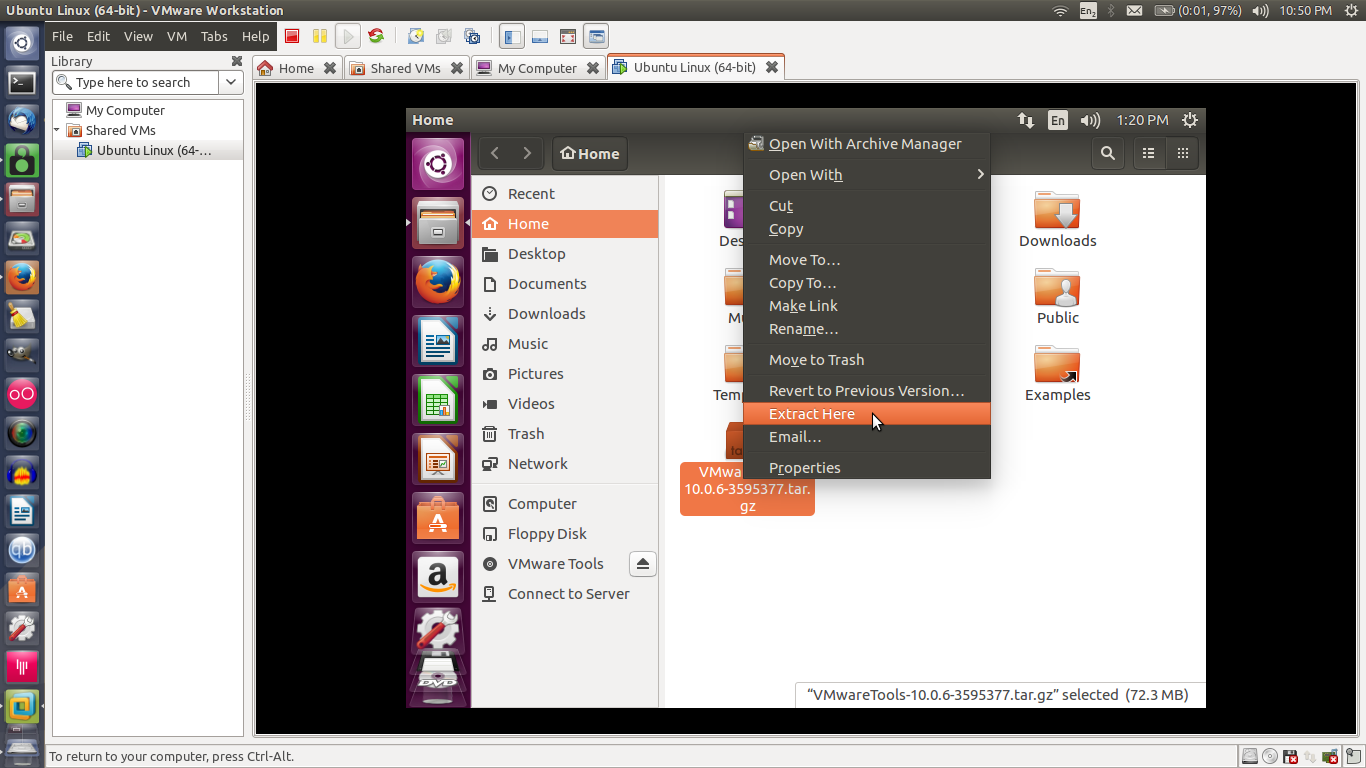

Please adjust to Windowed mode or Borderless mode for better program execution.


ASUS laptops with an OLED display minimize this risk by setting Windows’s Dark mode as default, as well as shortening the idle time before the screen is turned off - both on mains (AC) and battery (DC) power. This tends to occur only in extreme use cases, such as when a static, high-contrast image is continuously displayed for prolonged periods of time.

This is expected behavior that can include image persistence or burn-in, where the display shows a faint remnant of an image even after a new image appears on the screen. The visual appearance of OLED displays may change over the product’s lifetime.this release does not include 32bit powerpc.gconf is no longer installed by default.for new installs, a swap file will be used instead of a swap partition.the default DNS resolver is now systemd-resolved.Among the supported printers are IPP Everywhere and Apple AirPrint printers, but also some PDF, Postscript, and PCL printers Ubuntu now includes support for printing without printer-specific drivers.support for Intel Turbo Boost Max 3.0 and Intel Cache Allocation Technology.Nouveau Boost support, which allows new graphics cards to go up to their "boost" frequencies, and not just the highest standard frequency.initial Intel Graphics Virtualization Technology support.Linux 4.10 (more information: Kernel Newbies | Phoronix):.support for new ARM machines, including Raspberry Pi Zero and LG Nexus 5.shared data extents and copy-on-write support for XFS.Linux 4.9 (more information: Kernel Newbies | Phoronix):.Here's a quick list of changes in the Linux Kernel since the version used in the previous Ubuntu release (Linux 4.8 for Ubuntu 16.10): Under the hood, Ubuntu 17.04 (Zesty Zapus) ships with Xorg server 1.19.3, Mesa 17.0.3, Ubuntu Linux Kernel 4.10.0-19.21 based on the upstream 4.10 Linux Kernel, PulseAudio 10.0, and systemd 232.


 0 kommentar(er)
0 kommentar(er)
